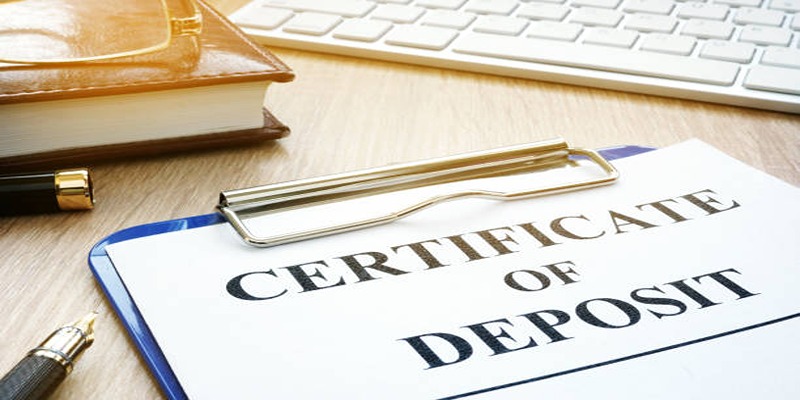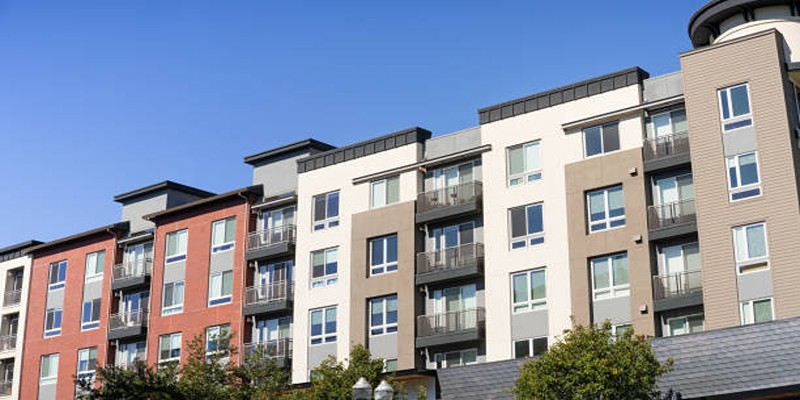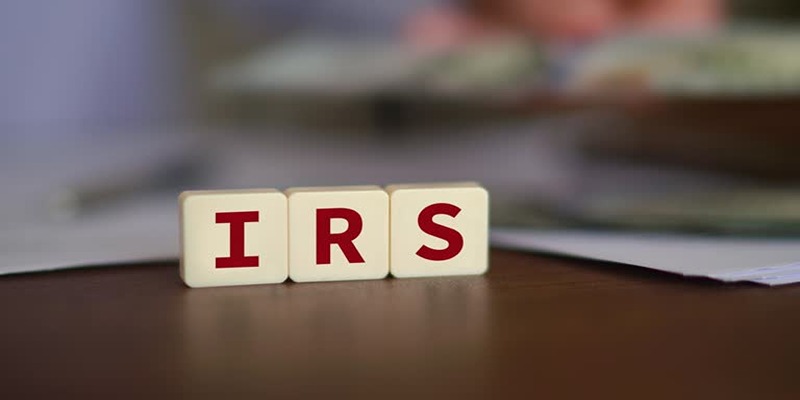Selling your home is an exciting milestone, but it can come with unexpected tax implications. Fortunately, the IRS offers Section 121 Exclusion, which allows homeowners to exclude a significant portion of their capital gains from taxation. This exclusion can save homeowners thousands of dollars, making it an important benefit for those selling their primary residence.
Section 121 Exclusion enables qualified individuals to exclude a maximum of $250,000 in capital gains or $500,000 for joint filers. Nonqualifying home sales are not eligible, and homeowners have to satisfy certain qualifications to enjoy this tax deduction.
Eligibility Requirements of the Section 121 Exclusion
To be eligible for the Section 121 Exclusion, homeowners must pass two main requirements: the ownership test and the use test. These tests will ensure that only those who have actually used the home as a primary residence can claim the tax relief,
The Ownership Test
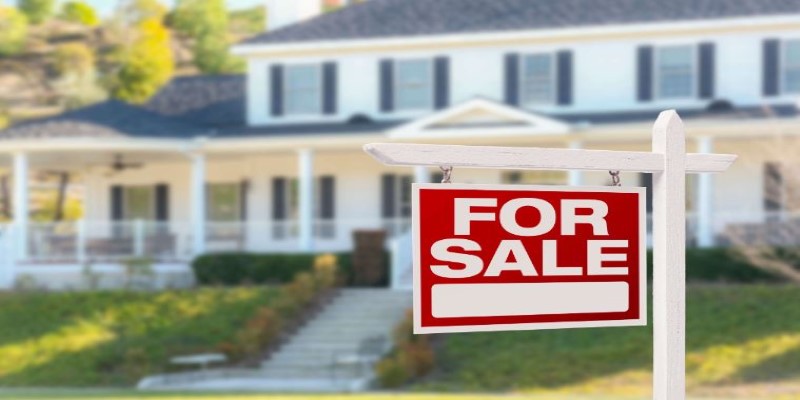
The ownership test requires that you should have owned the house for a minimum of two years during the five years before the sale date. That is, within the five years before the sale, you should have been the legal owner of the property for 24 months. The two years do not have to be continuous but must total the period required.
The Use Test
The use test mandates that the house was occupied as your principal residence for a minimum of two years in the past five years prior to the sale. Again, the two years do not need to be consecutive, but they must total 24 months. The home must have been your main place of living for the majority of the time, not a second home or rental property.
Married Couples
For joint-filing married persons, one must satisfy the test of ownership, but both must also meet the use test to get the full exclusion of $500,000. If only a single spouse can satisfy the test of use, the exclusion available is $250,000.
Exceptions
If you sold your residence due to unexpected reasons such as job transfer, health problems, or divorce, you may still be eligible for a partial exclusion. This exception enables you to take advantage of the Section 121 Exclusion, even if you do not meet the two-year requirement.
How Capital Gains Tax Applies to Home Sales?
Capital gains tax is a tax on the profit made from selling an asset, including real estate. When you sell your home for more than you paid for it, the difference is considered a capital gain. Without the Section 121 Exclusion, homeowners would owe taxes on their home sale profit based on their income tax bracket.
For example, if you bought a house for $300,000 and sold it for $600,000, you have a $300,000 gain. If you are single, the first $250,000 of that gain is tax-free under the Section 121 Exclusion, leaving only $50,000 subject to capital gains tax. If you are married and qualify for the $500,000 exclusion, your entire gain would be tax-free.
For gains above the exclusion limit, you will owe capital gains tax based on your income level. Long-term capital gains tax rates range from 0% to 20%, depending on your taxable income.
Special Considerations and Common Mistakes
One of the most common mistakes homeowners make is assuming that all home sales qualify for the Section 121 Exclusion. If the home was used as a rental property or vacation home, the exclusion may not fully apply. A home that was rented out for part of the time could require proration of the exclusion.
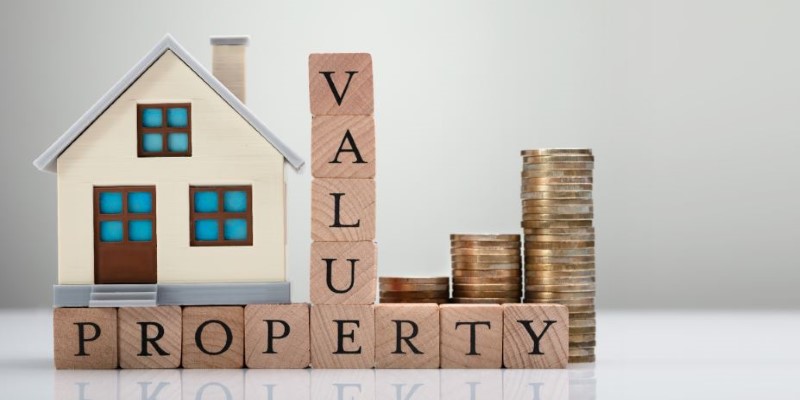
Another key point is that the exclusion cannot be used more than once in two years. If you sell one home and use the exclusion, you must wait at least two years before using it again on another home sale.
For homeowners who inherited property, the Section 121 Exclusion does not apply in the same way. Instead of an exclusion, the property’s value is "stepped up" to fair market value at the time of inheritance, reducing or eliminating any capital gains when the home is later sold.
Additionally, some homeowners make renovations or improvements before selling. While home improvements can increase the cost basis and reduce taxable gains, not all expenses qualify. General maintenance and repairs do not count, but major renovations, such as kitchen remodels or new roofing, can be added to the home’s purchase price to reduce taxable capital gains.
How to Maximize Your Tax Benefits?
Careful record-keeping is essential to maximizing the tax benefits of the Section 121 Exclusion. Homeowners should document purchase prices, home improvements, and any tax-related expenses to properly calculate their cost basis and potential tax liability.
If you plan to sell in the future, consider timing your sale strategically. If you are close to meeting the two-year rule, waiting a few months might help you fully qualify for the exclusion and avoid capital gains tax altogether.
For those who have a home office or have rented out a portion of their home, tax rules become more complex. The portion of the home used for business or rental purposes may not qualify for the full exclusion, and depreciation recapture rules may apply. Consulting with a tax professional can help you navigate these situations.
Conclusion
The Section 121 Exclusion is one of the most significant tax benefits available to homeowners, allowing them to exclude up to $500,000 in capital gains tax when selling a primary residence. By understanding the eligibility rules, capital gains tax implications, and potential pitfalls, homeowners can make smarter decisions and keep more money from their home sale profits whether they are selling now or planning for the future; knowing how the Section 121 Exclusion works can help you minimize taxes and maximize your earnings. Keeping track of your homeownership timeline, improvements, and sales history will ensure that you take full advantage of this powerful tax break when the time comes.




